7 Days | 6 Nights
Daily Tour
12 people
Dehradun
The trek of Har-Ki-Dun Valley and Maninda Taal in Govind National Park, Uttarakhand, is one of the most desired treks in the Garhwal Himalayas. Over the past decade, the valley has gained a fair amount of popularity among outdoor enthusiasts and nature lovers. Nowadays, it is a delight for trekkers who want to see the stunning Swargarohini massif from the top of Har-Ki-Dun. The most adorable thing about this trek is that it is beautiful and easily accessible during both summer and winter. The trekking trail in the Har-Ki-Dun Valley has both beauty and heritage in abundance. The experience of this trek is not just about the landscape but also about the ancient culture that has been preserved well over the generations for thousands of years. The trek starts from a quaint village named Taluka and goes along the river Supin through Pine forests and meadows, offering amphitheatre views of mountains such as Swargarohini, Bandarpoonch, and Har-Ki-Dun Peak, among others. Jaundar Glacier is on the southeast side of this cradle-shaped attraction.
Located at an altitude of around 3,500 metres, this spectacular valley is home to some of the rarest species of flora and fauna. Black bears, langurs, and wild boars are native inhabitants of the region. There are occasional sightings of golden eagles. Some of the most common plants in the valley include Bhojpatra, Bramhakamal, wild lilies, etc. Given its beauty and moderate difficulty level, this is an ideal trek for experienced as well as novice trekkers. A thousand-year-old settlement, Osla, is the last village on the trek, and one can see how the traditional lifestyle is deeply rooted within the inhabitants of the place.
The trek ends at a pristine high-altitude lake called Maninda Taal. People are often taken aback by the incomprehensible beauty and utter stillness around this glacier lake that overlooks the Jaundar Glacier from a distance. As per the tales, it suddenly starts raining if there is too much noise, even if the weather is good. Within the area of Har ki Dun Valley and Jaundar Glacier, a number of very rare and valuable minerals and herbs are found.
There will be a routine medical checkup for all the trekkers every night before going to bed. Our objective is to ensure that all the guests are in perfect health condition to be able to continue the journey with us without any health-related problems. Our certified and experienced trek leaders will guide you at every step of the journey. We believe their endearing nature will enhance your overall experience of the trip.
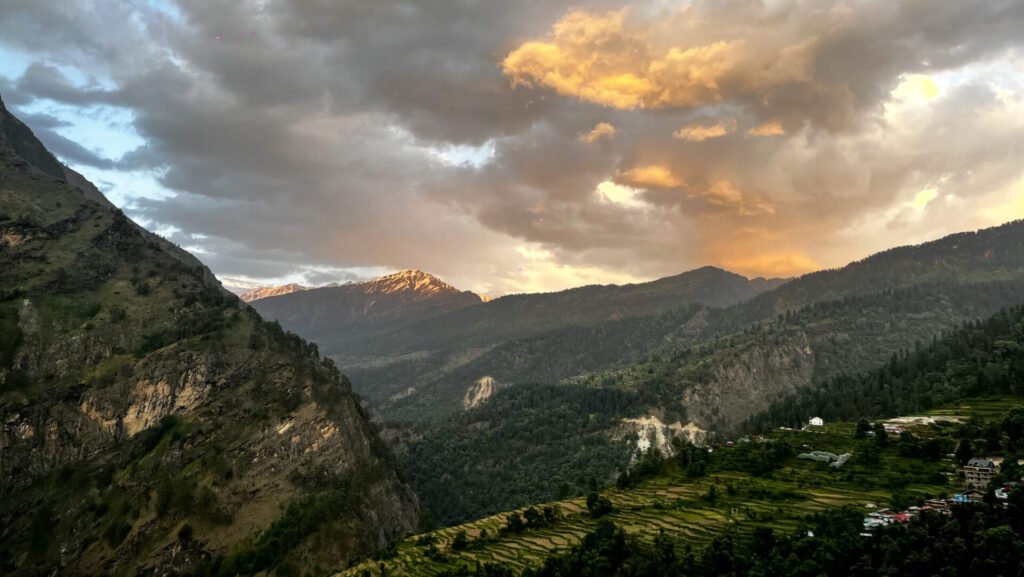
Dehradun to Sankri via Mussoorie
A spectacular drive from Dehradun to Sankri kicks off the first day. You are expected to join the team at Dehradun railway station by 6:30 am. Sankri is around 200 km away from Dehradun, and it takes about 7-8 hours to reach it. The road passes through Mussoorie, the "Queen of the Hills," and goes along the rivers Yamuna and Tonnes, crossing Kempty waterfall, pine forests, deep gorges, and finally entering the Govind National Park.
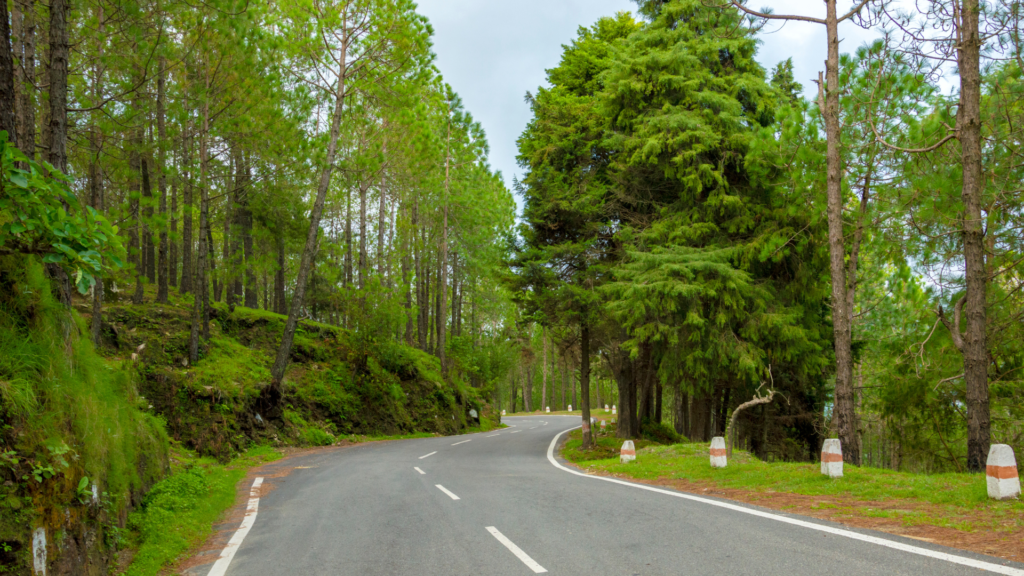
The drive ends at Sankri, a picturesque and charming Himalayan village that serves as the starting point for numerous Himalayan treks. Beautiful views of Mount Swargrohini can be enjoyed from the village itself. You might anticipate snow right from Sankri itself if you are trekking during the winter. You will have enough time to tour the neighbourhood market once you have had a chance to freshen up at the house of Mountbuzz. If you need last-minute shopping for your upcoming adventure, the bazaar in Sankri has a variety of gear, clothing, and supplies for trekking.
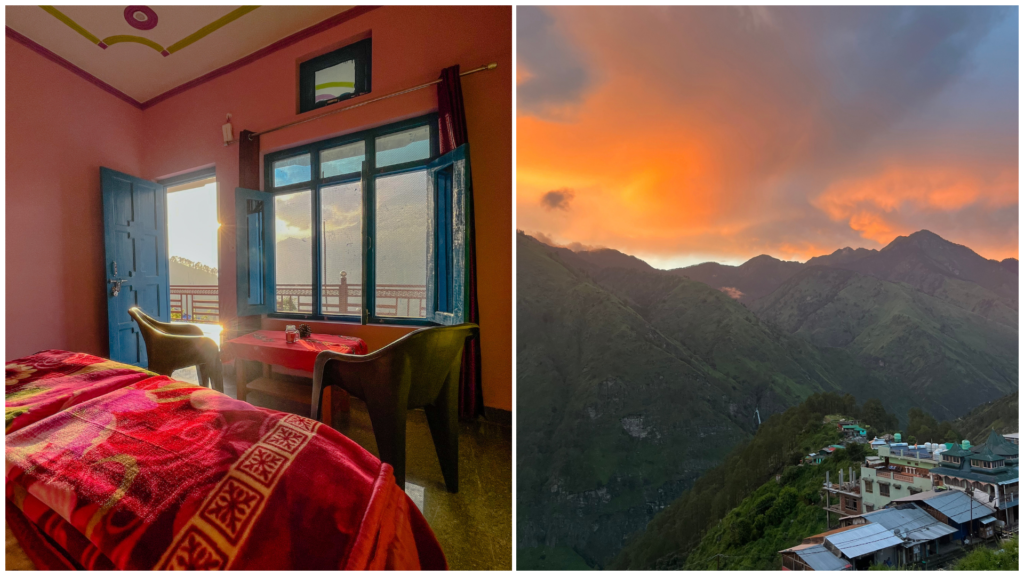
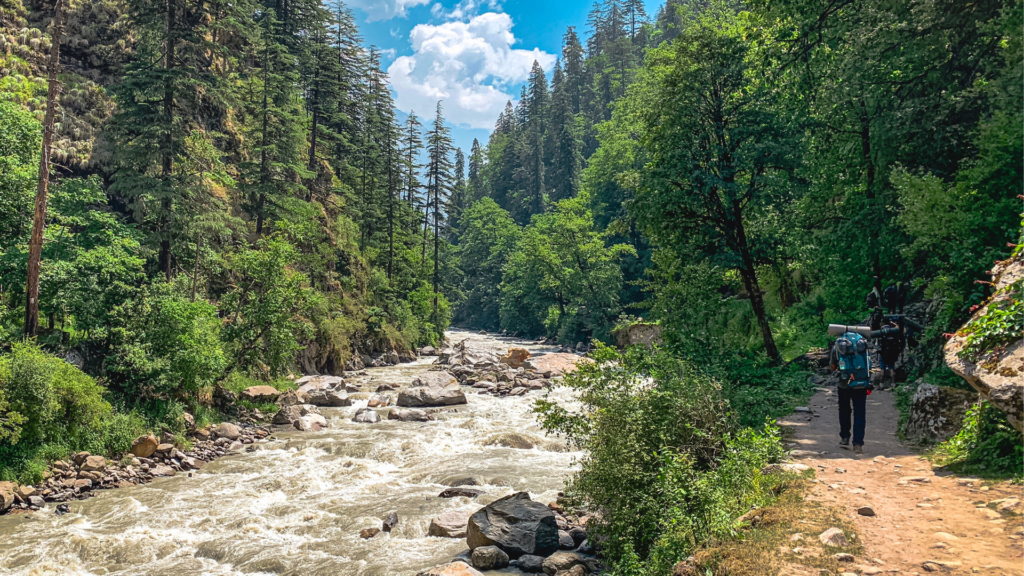
Sankri to Osla via Gangad
After an early breakfast, we embark on the most anticipated adventure. To start with, we take a thrilling and bumpy drive through the dirt road built at the edge of the mountain. It gets wilder and trickier as the road crosses multiple streams and enters the thick forest. The 1-hour drive with the music of the birds is a magical experience in itself, as the path gives a drift of the terrain. The road ends at the secluded village of Gangad, where the trek starts. The trail begins with a gradual decline to the banks of a picturesque river and then continues on a level path through coniferous forests while maintaining the river on the right. There is always a lush green canopy above you. The first concrete crossing of a mountain stream may be seen after about 10 minutes of walking. Following the trail upstream, you'll reach some picturesque wooden bridges, perfect for a quick Instagram photo op over the creek. In the spring and summer, you can see beds of colourful orchids all along the trail. At midday, you'll stop by the Supin tributary for a picnic meal. Several tea stands and Maggie Points can be found throughout the route.
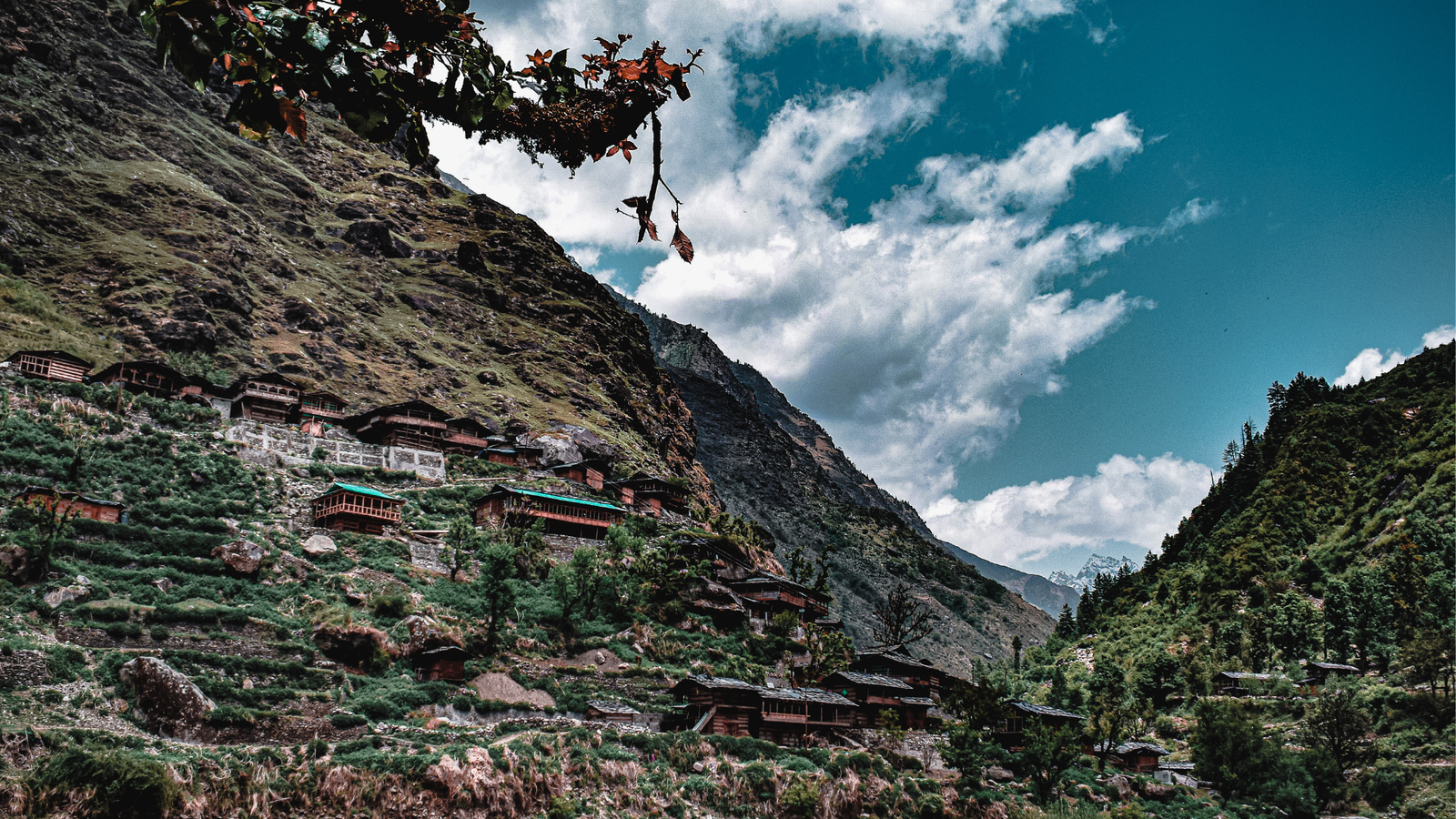
Following our midday meal, we'll continue on through the Himalayan hamlets, passing by fields of potatoes, millet, maize, etc. The trail winds its way through the thick, gloomy forest, and a beautiful mountain-settlement of Gangad. Late in the day, as the Sun is beginning to set, we arrive at Osla, an ancient village at its vivacious best.
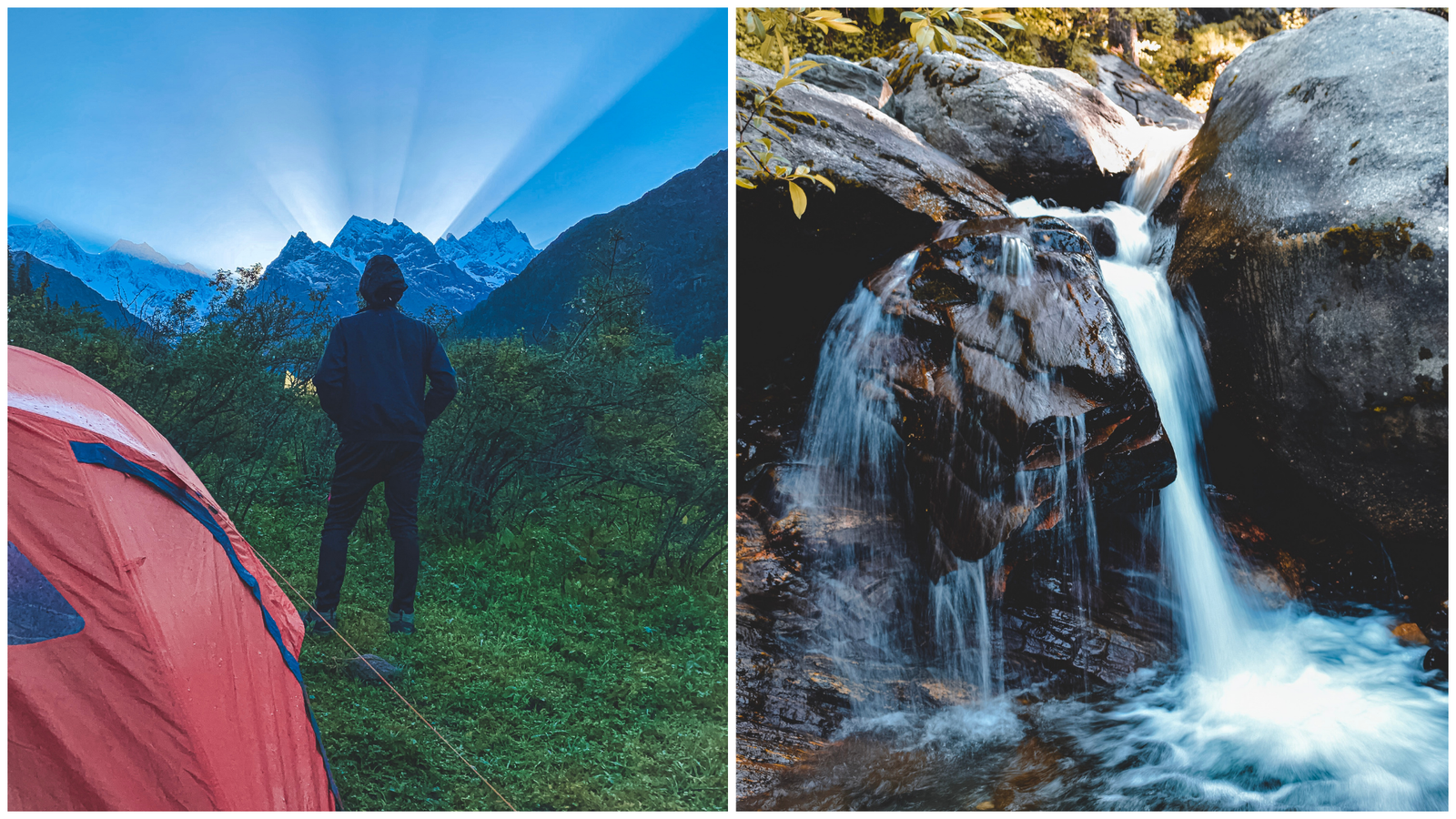
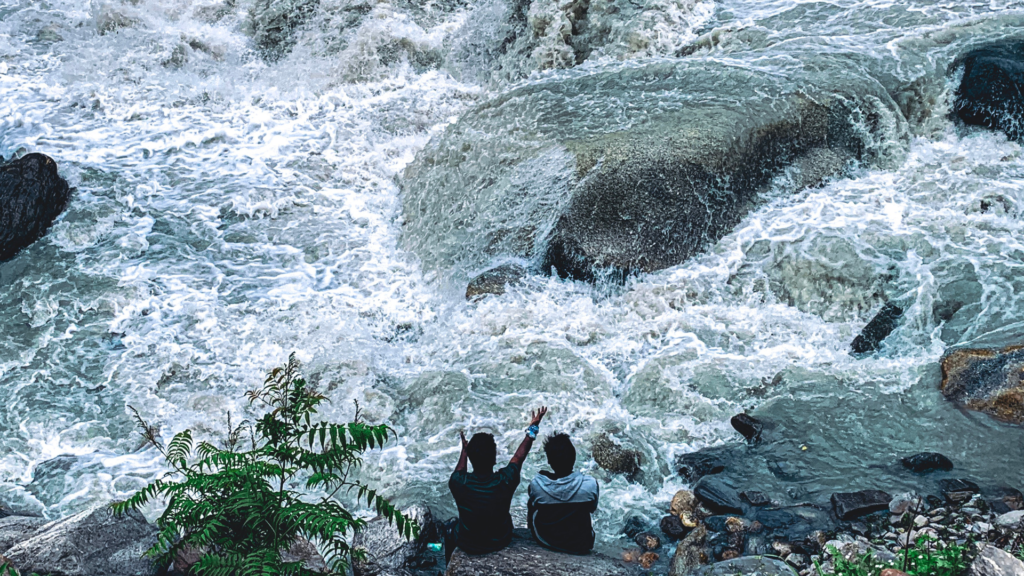
Osla to Kalkatiyadhar campsite
As the first light of the day hits Osla, we begin the day with a warmup, stretching, and yoga session. After a delicious breakfast, we start the trek to our next campsite at Kalkatiyadhar, covering a distance of 6 km in 4-5 hours. Located at a vantage point, Kalkatiyadhar is a vast green meadow from where the trail ascends gradually to the top of Har Ki Dun. All the way to Seema, a small settlement, the trail winds through dense stands of towering coniferous trees. Seema village is located on the banks of the Supin River, and it is made up of a collection of concrete buildings and a guest house run by the forest department. The settlement of Osla can be seen across the water.
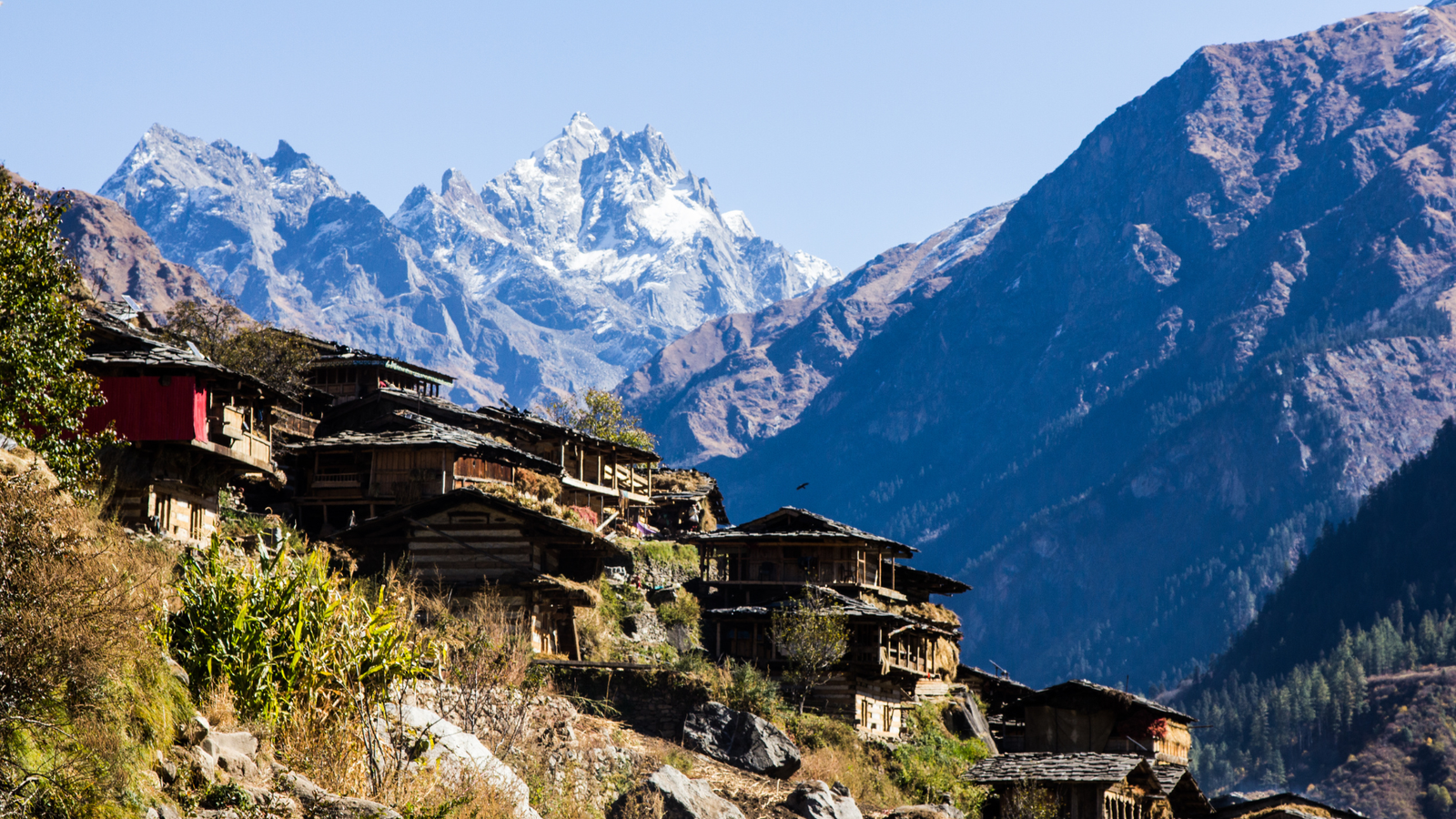
The trail continues through pastoral scenes of cultivated fields, grazing cattle, and slant-roofed buildings used for storing grain. You'll also see lots of Amaranth trees, which, after the monsoon, turn a striking scarlet and provide a striking contrast to the greenery around them. About 30 minutes into the walk, a magnificent panorama of Bandarpoonch and the Swargarohini range appears.
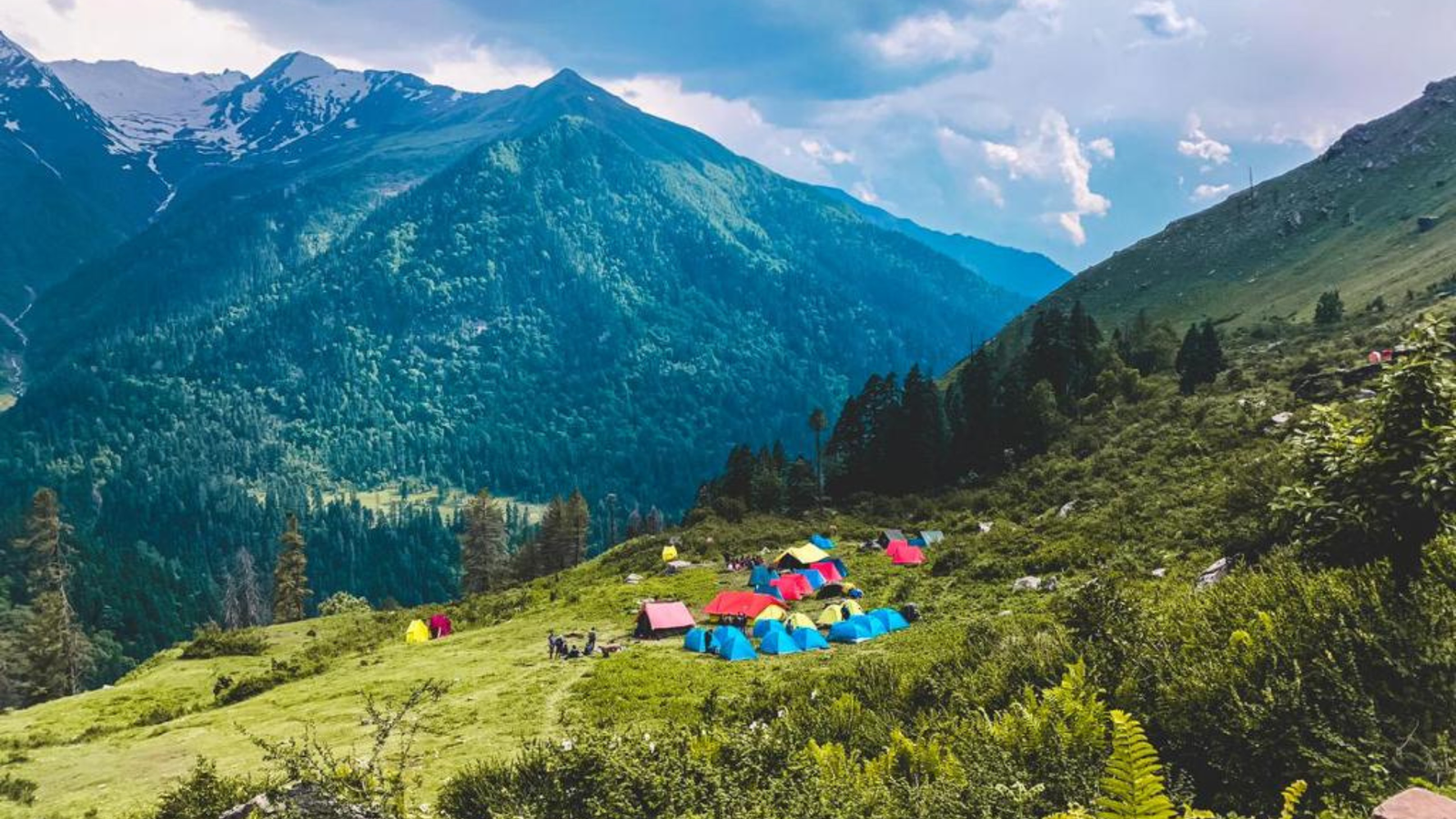
Finally, after a brief walk through the forests of cashew nuts and walnuts, we reach the camp, where refreshments will be provided. On the right side of the camp, you can see the trail to Ruinsara Lake and dense forests with mountains rising in the background. If the sky is clear, you could see the Kedarkantha top miles away beyond Kotgaon.
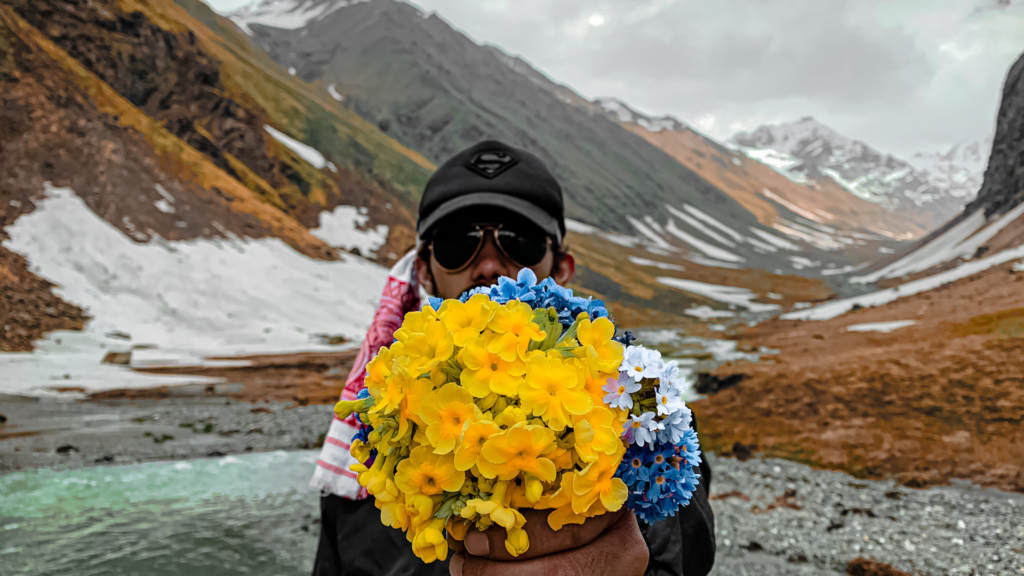
Kalkatiyadhar to Maninda Lake via Harkidun and back to Kalkatiyadhar
It’s a long walk, but worth the experience. Leave your luggage at the camp and get ready for the ultimate adventure. After breakfast, we pack light and start our final ascent to Maninda Lake via Har-ki-dun Top. Overlooking the Supin River, the trail begins in the meadow of Kalkatiyadhar and gradually ascends to the glacier basin through stands of tall pine trees. When you get to the summit of Har-ki-dun, you can nibble on your packed lunch while taking in the breathtaking view of the Swargarohini massif below.
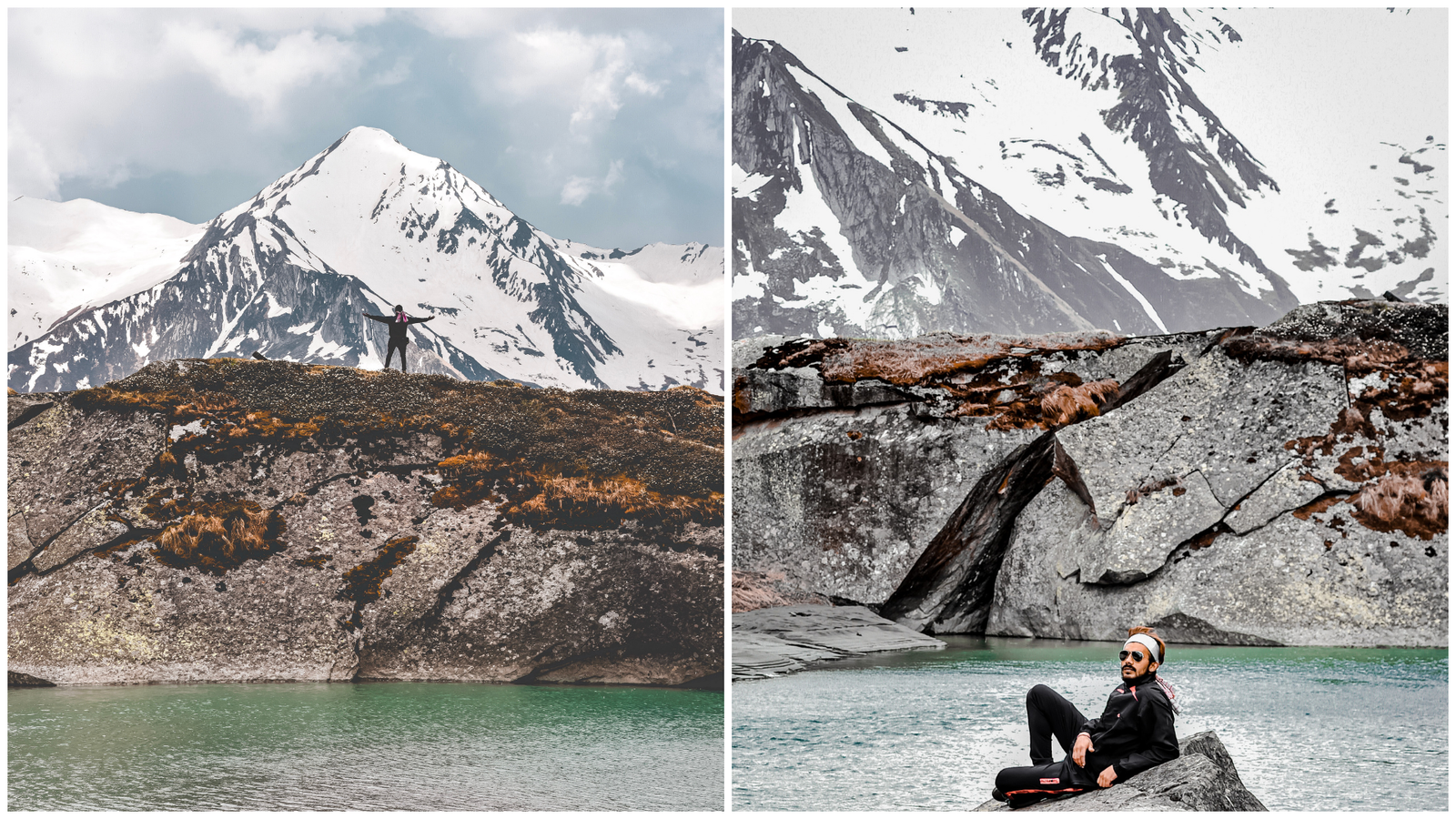
After a brief photo session, we march ahead towards the highest point of the trek, Maninda Lake. As you climb to the glacier that sits above the lake, you will encounter rare Himalayan orchids and imposing peaks. Huge peaks like Swargarohini, Hata Peak, Black Peak, and others provide breathtaking vistas. Meadows, ice streams, coniferous trees, glacier moraines, and massive peaks form an extraordinary mosaic in the valley. After we spend the day making unforgettable memories in the valley, it's time to go back to our camp at Kalkattiyadhar. Snacks and dinner at the campsite.
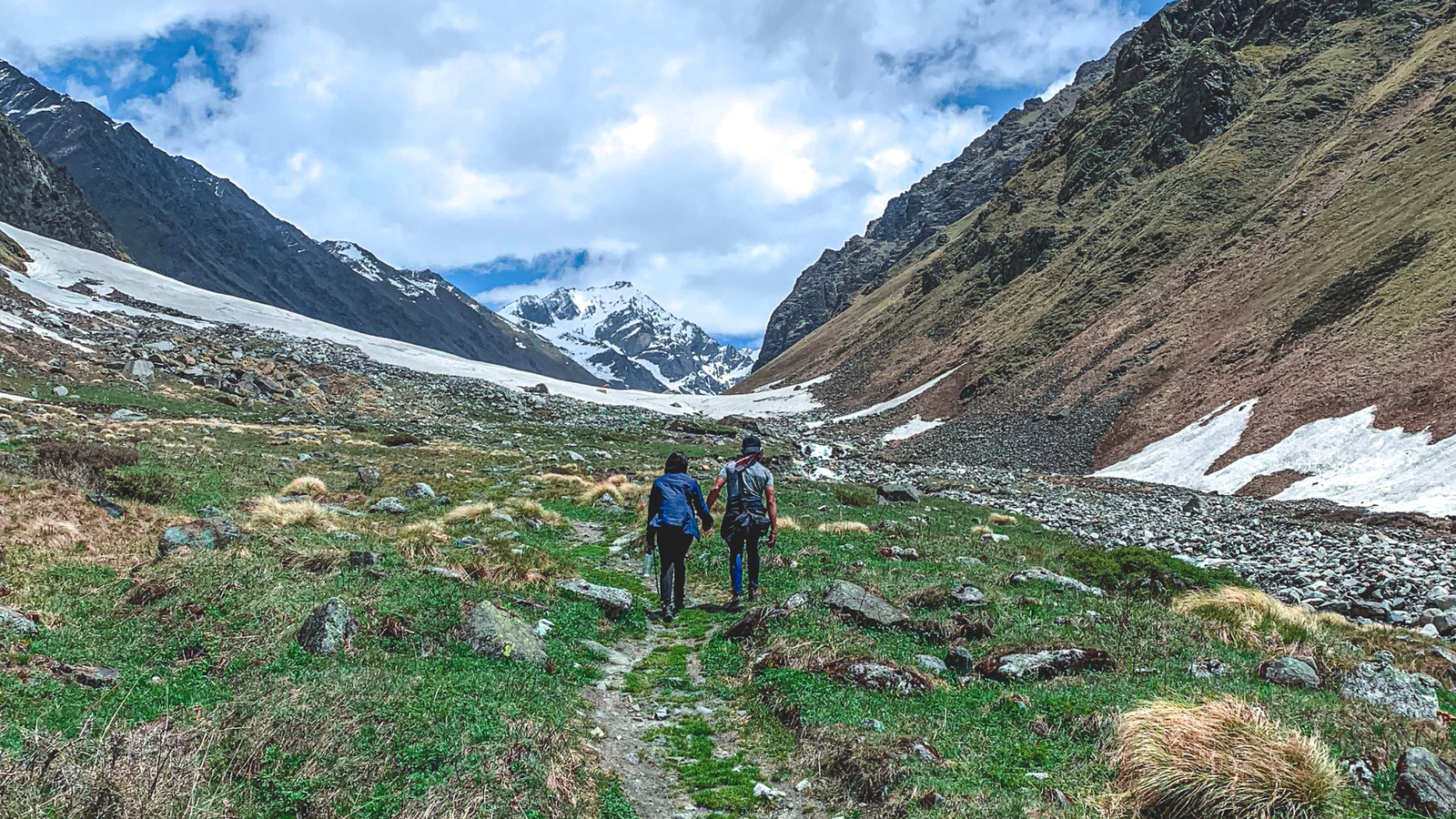
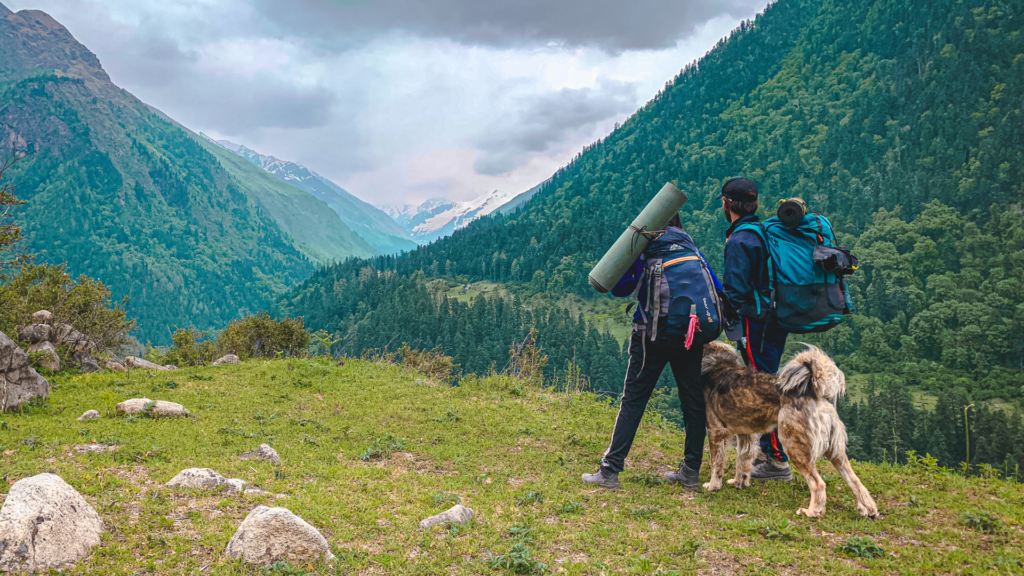
Kalkatiyadhar to Osla
It's never easy to leave the sight of the snow-capped peaks and start going back to civilization.
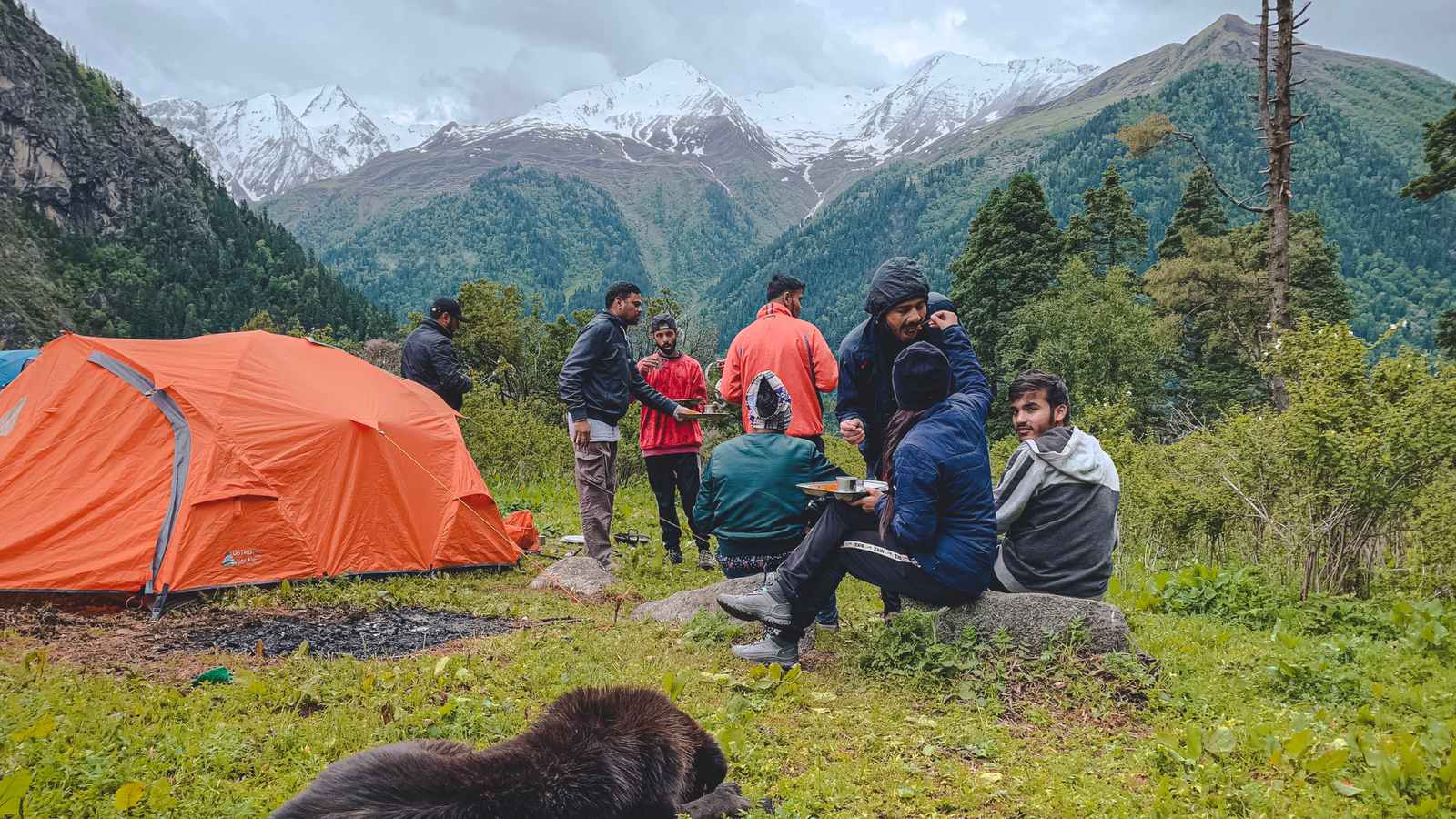
We believe that the settlement in Osla was built thousands of years ago when people actually used high-altitude passes for trading purposes. However, this unique village has many traditions and stories attached to it. Some believe that in ancient times, the valley was travelled by the Pandavas of the Mahabharata, and since then, people have been living in the valley of the gods. There is a 2000-year-old Someshwar Temple that depicts ancient architecture and lifestyle. The natives of the village make their own woollen garments and grow organic food.
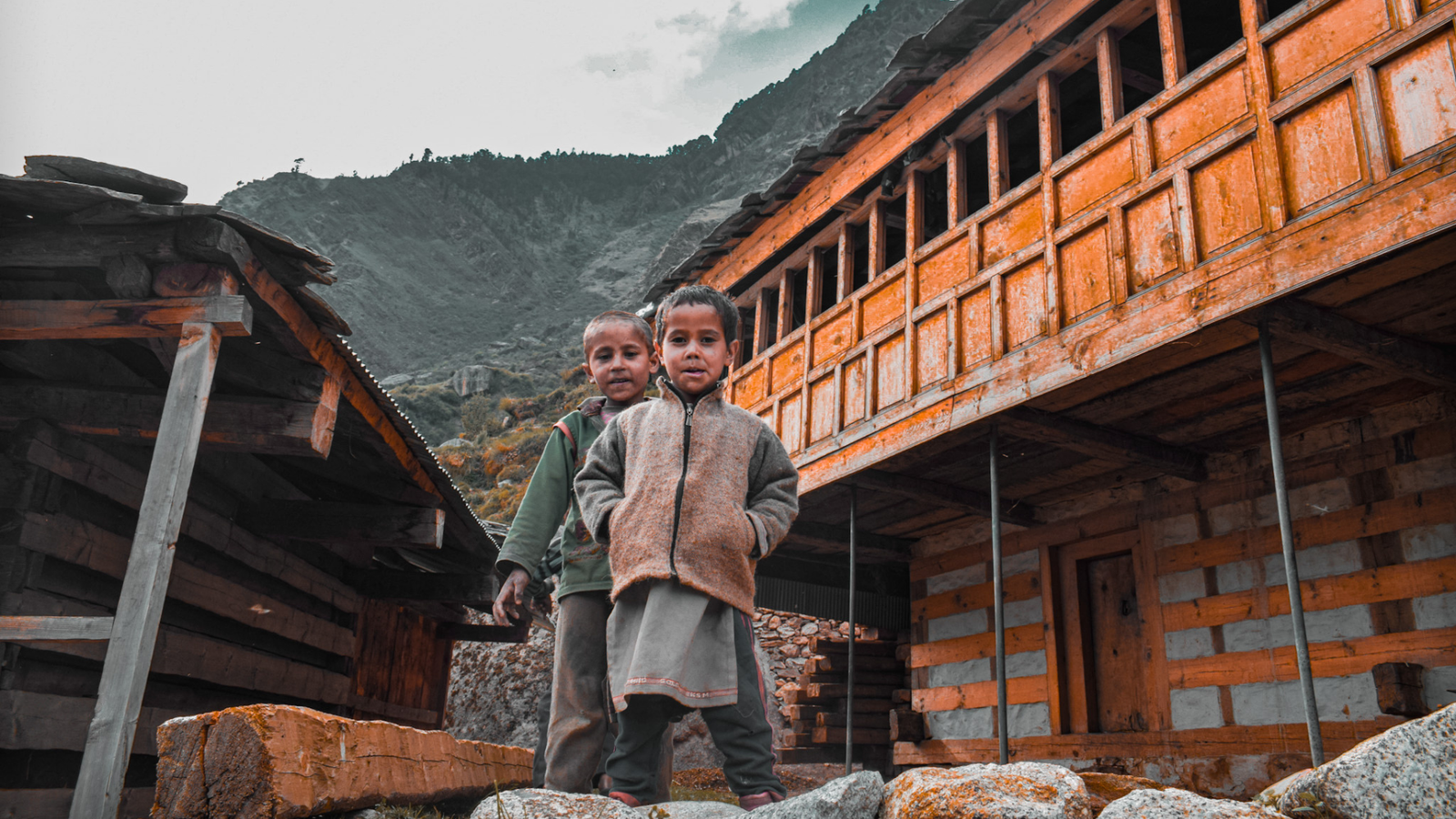
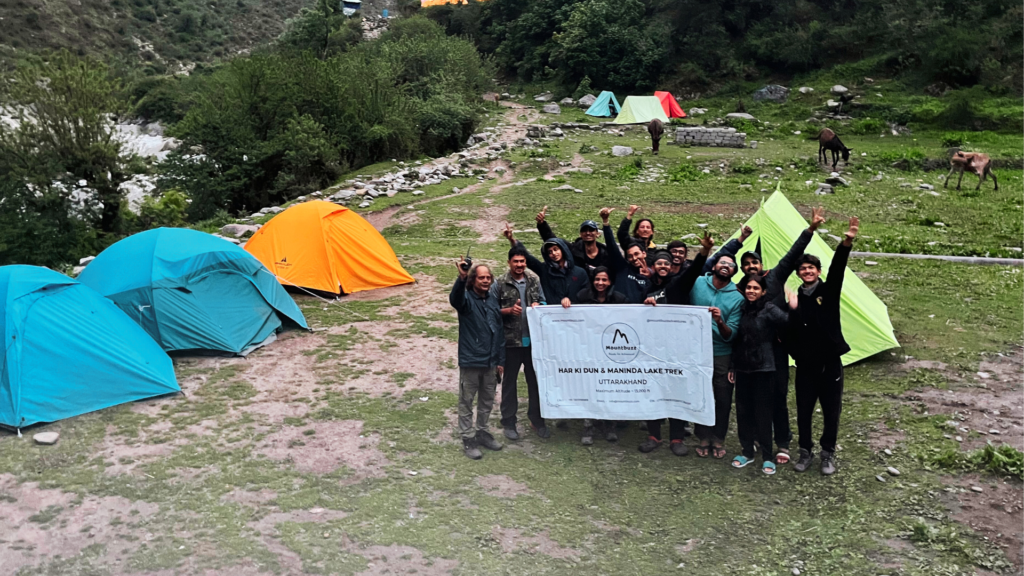
Osla to Sankri
We begin the day with stretching and yoga, followed by breakfast, and start the trek through the same trail we took while coming. After reaching Gangad, we stop for a while to have tea and refreshments, and then start the jungle drive to Sankri.
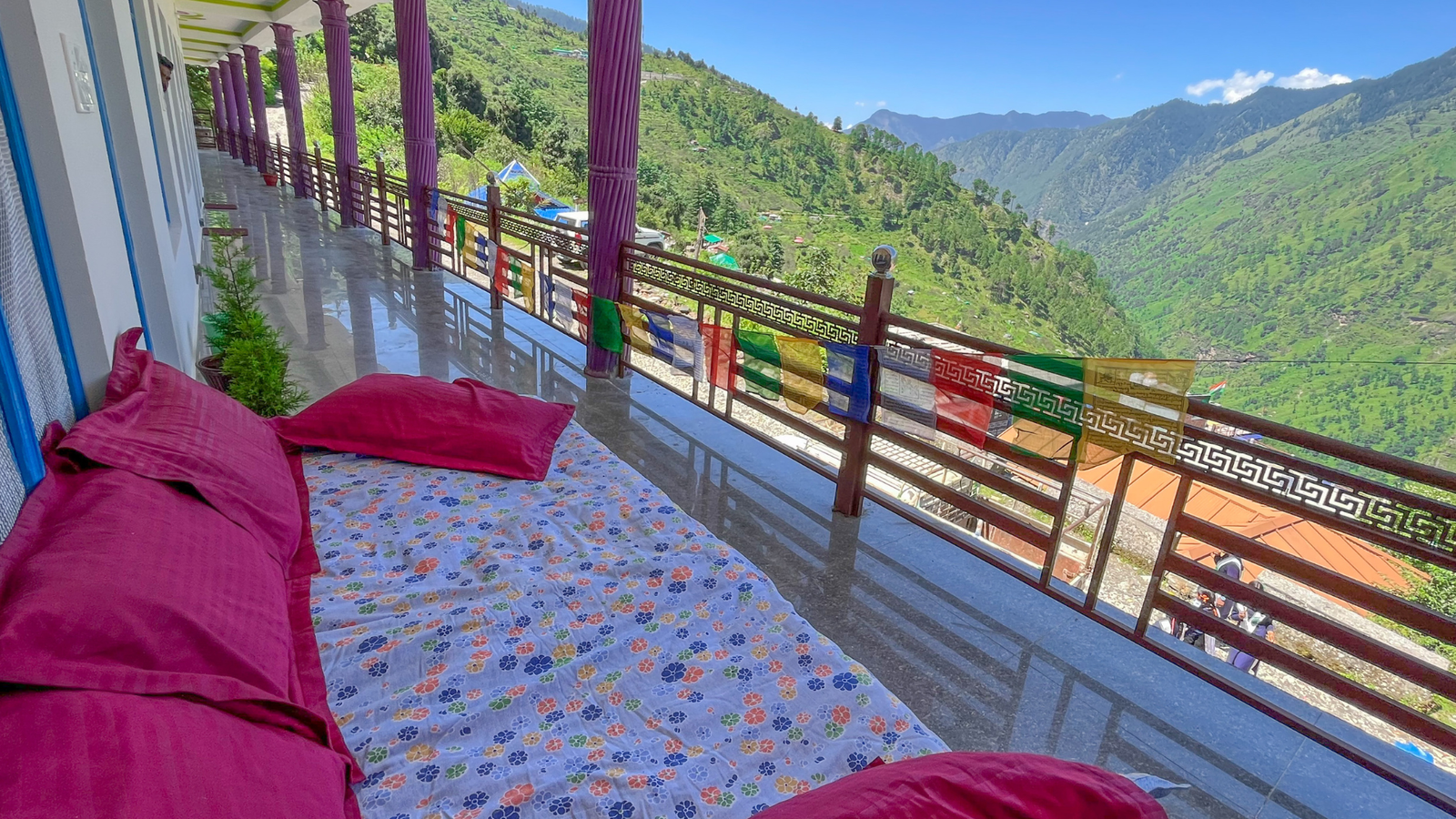
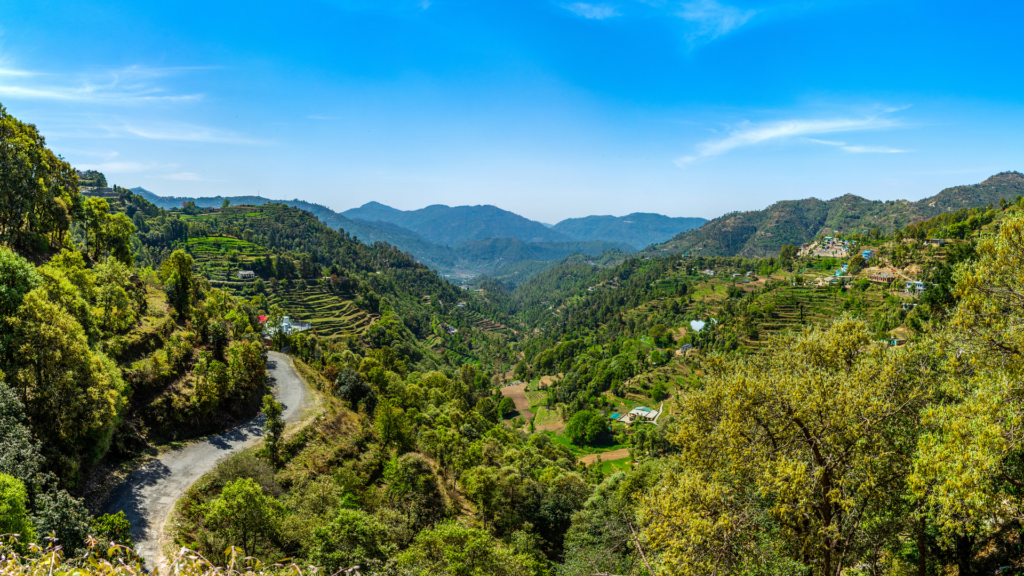
Sankri to Dehradun
It's time to bid adieu to the mighty mountains and our fellow travellers. As per our drop services, the car will start at 8 a.m. in the morning after breakfast from Sankri and drop you off at Dehradun by 5:30 p.m.
There are a number of buses going daily from Kashmiri Gate, Delhi to ISBT, Dehradun. Last bus is at 11 pm. It takes 4:30 hours to reach Dehradun. Our representative will receive you at Dehradun. If you are a group, please contact us for budget-friendly transfer deals.
Yes, definitely. Simply WhatsApp on +91 7811998989 to reserve a slot.
Trek